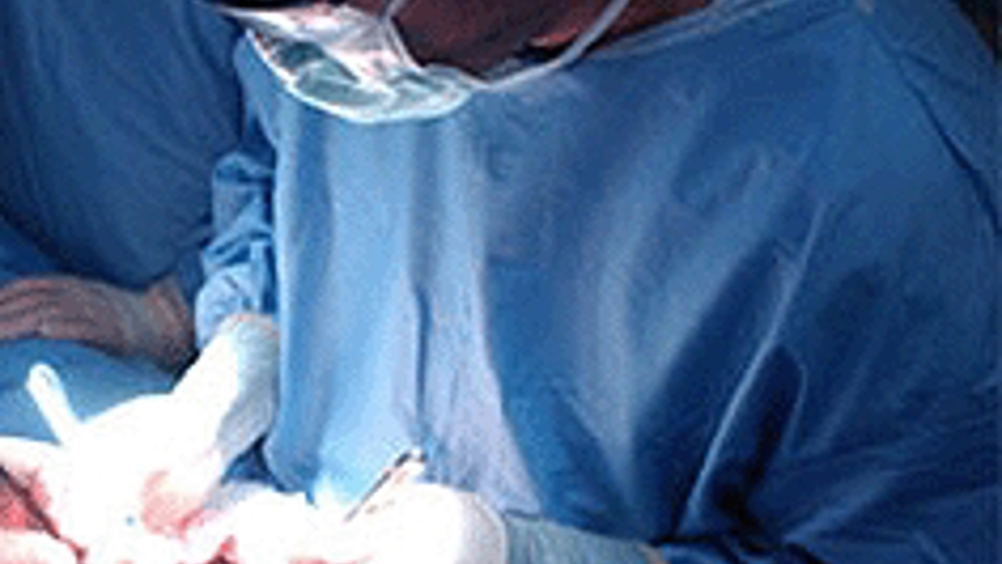Composite shows promise in restoring damaged soft tissue
Biomedical engineers at Johns Hopkins University have developed a liquid material that in early experiments in rats and humans shows promise in restoring damaged soft tissue relatively safely and durably.

The material, said to be a composite of biological and synthetic molecules, is injected under the skin, then ‘set’ using light to form a more solid structure. The researchers said the product could one day be used to reconstruct soldiers’ faces marred by blast injuries.
The Hopkins researchers caution that the material, described in a report in the 27 July issue of Science Translational Medicine, is promising but not ready for widespread clinical use.
‘Implanted biological materials can mimic the texture of soft tissue but are usually broken down by the body too fast, while synthetic materials tend to be more permanent but can be rejected by the immune system and typically don’t meld well with surrounding natural tissue,’ said Jennifer Elisseeff, Jules Stein professor of ophthalmology and director of the Translational Tissue Engineering Center at the Johns Hopkins University School of Medicine. ‘Our composite material has the best of both worlds, with the biological component enhancing compatibility with the body and the synthetic component contributing to durability.’
Register now to continue reading
Thanks for visiting The Engineer. You’ve now reached your monthly limit of news stories. Register for free to unlock unlimited access to all of our news coverage, as well as premium content including opinion, in-depth features and special reports.
Benefits of registering
-
In-depth insights and coverage of key emerging trends
-
Unrestricted access to special reports throughout the year
-
Daily technology news delivered straight to your inbox










BEAS funding available to help businesses cut energy costs
And not a moment too soon, if the following exchange broadcast last Friday 13th June, on the Radio 4 ´Rare Earth´ program (link below, ~ 17 minutes...